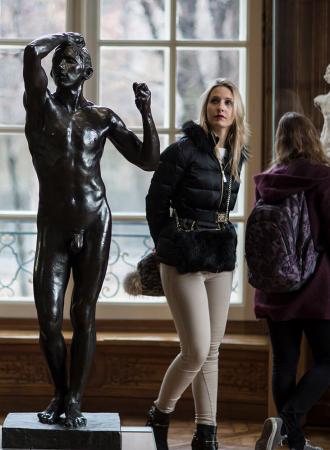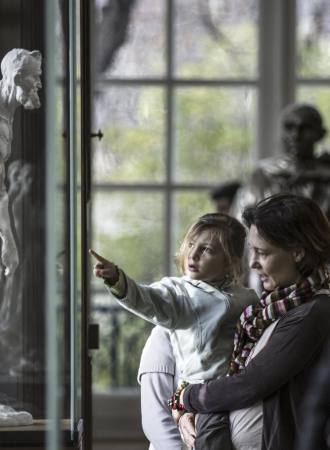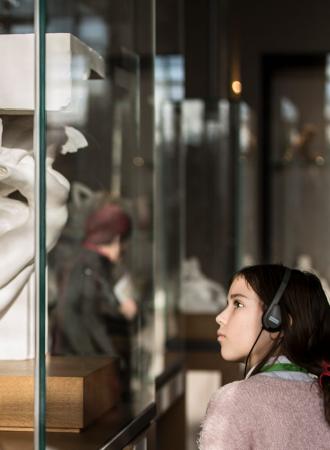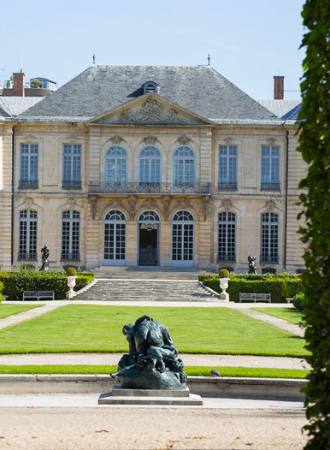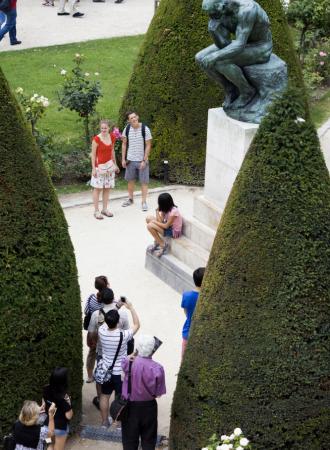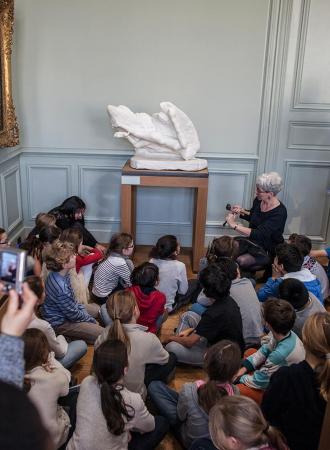Search the site
Abattis
Auguste Rodin (1840-1917)
Rodin used the term abattis to refer to the “body parts”―arms, heads, legs, hands and feet―that he modeled in clay before having them cast in plaster. He built up a reserve of these forms of all sizes, using them as his imagination dictated to complete his fragmentary figures or compose new groups and assemblages. This working method provides a real insight into Rodin’s creative process: like a demiurge, he constantly composed, took apart and recreated. There is something very modern about this way of creating works from pre-existing elements produced in series to allow for artistic spontaneity, reducing the time between an idea and a creative act. The small arms shown here also give an idea of the variety of available forms―arms outstretched or bent at the elbow, open or closed hands, broken wrists―and of the immense creativity of a sculptor who always started with reality to bring his works to life.
Locate the artwork in the museum
Musée Rodin - Meudon, plaster gallery
We cannot guarantee the presence of all our artworks; some may be out on loan.
Completion date :
Vers 1890-1900
Materials :
Plaster, terracota
Inventory number :
S.4650 à S.4654
Credits :
© Photographic Agency of musée Rodin - Jérome Manoukian
Additional information
Iconography
- Abattis(zip, 1420.4 ko)
